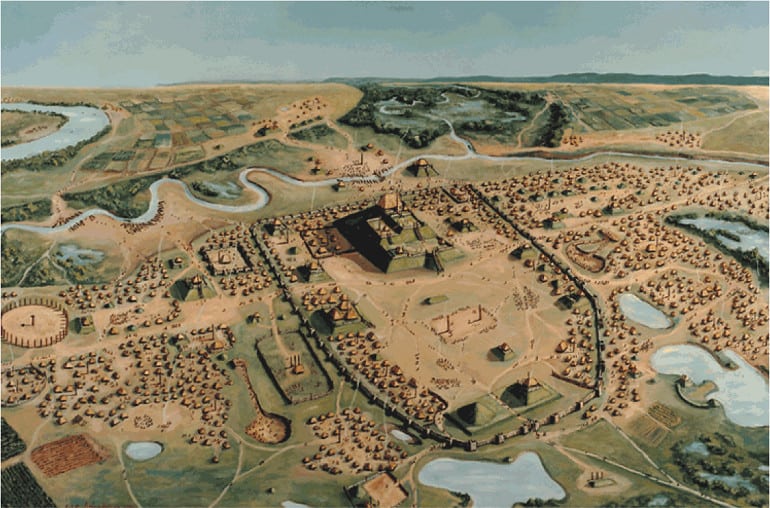When scientists detected phosphine in Venus’ atmosphere in 2020, it triggered renewed, animated discussions about Venus and its potential habitability. It would be weird if the detection didn’t generate interest since phosphine is a potential biomarker. So people were understandably curious. Unfortunately, further study couldn’t confirm its presence. …read more […]
|
|
||
|
There are many different ways to get to Mars, but there are always tradeoffs. Chemical propulsion, proven the most popular, can quickly get a spacecraft to the red planet. But they come at a high cost of bringing their fuel, thereby increasing the mission’s overall cost. Alternative propulsion technologies have been gaining traction in several deep space applications. Now, a team of scientists from Spain has preliminary studied what it would take to send a probe to Mars using entirely electric propulsion once it leaves Earth. …read more […] Before planets form around a young star, the protosolar disk is populated with innumerable planetesimals. Over time, these planetesimals combine to form planets, and the core accretion theory explains how that happens. But before there are planets, the disk full of planetesimals is a messy place. …read more […] An international team of scientists provide an overview of the latest research on light-matter interactions. A team of scientists from the Fritz Haber Institute, the City University of New York, and the Universidad de Oviedo has published a comprehensive review article in Nature Reviews Materials. This article provides an overview of the latest research on polaritons, tiny particles that arise when light and material interact in a unique way. …read more […] Astronomers have completed the largest and most detailed study of what triggers stars to form in the universe’s biggest galaxies, using NASA’s Chandra X-ray Observatory and other telescopes. They were surprised to find that the conditions for stellar conception in these exceptionally massive galaxies have not changed over the last ten billion years. …read more […] Scientists and engineers at the CU Boulder will soon take part in an effort to collect a bit of stardust—the tiny bits of matter that flow through the Milky Way Galaxy and were once the initial building blocks of our solar system. …read more […] Curation team members at NASA’s Johnson Space Center in Houston have successfully removed the two fasteners from the sampler head that had prevented the remainder of OSIRIS-REx’s asteroid Bennu sample material from being accessed. …read more […] If you happened to be looking at the sky in Europe on a cold night on February 5, 1993, there is a chance you could have seen a dim flash of light. That flash came from a Russian space mirror experiment called Znamya-2. …read more […] Princeton physicists have discovered an abrupt change in quantum behavior while experimenting with a three-atom-thin insulator that can be easily switched into a superconductor. …read more […] Fleeting blasts of energy from space, known as fast radio bursts (FRBs), are a cosmic enigma. A Canadian-led international team of researchers has published new findings suggesting that supernovae are the predominant contributors to forming sources that eventually produce FRBs. …read more […] Establishing sustained operations at the moon and Mars presents a multitude of opportunities and challenges NASA has yet to encounter. Many of these activities require new technologies and processes to ensure the agency is prepared for its ambitious Artemis missions and those beyond. …read more […] 
There is something that tells us that the official chronology of human history is completely wrong. There are findings that indict there was another civilizations way before us on Earth, civilizations that had knowledge and technology far superior to what we have today, a sophisticated society that could answer the numerous enigmas surrounding our civilizations and ancient history. Having that said, I have to mention that without a doubt the followers of Horus remain as one of the greatest and most mysterious enigmas for researchers and historians when it comes to Egyptian history. These ‘mythical beings, referred to in the Turin …read more […] In an experiment that could help the development of new spintronics devices with low energy consumption, researchers from RIKEN and collaborators have used heat and magnetic fields to create transformations between spin textures—magnetic vortices and antivortices known as skyrmions and antiskyrmions—in a single crystal thin plate device. Importantly, they achieved this at room temperature. …read more […] Astrobotic’s damaged Peregrine lander managed to send data back from all nine of its interfacing payloads over the three days it’s been hurtling through space, the company said. …read more […] 
Cahokia is America’s forgotten city and the largest and most complex ancient archaeological site located north of the Pre-Columbian cities of Mexico. It is perhaps the greatest ancient civilization found between the arid desert of Mexico and northern parts of the United States of America. Archaeologists place Cahokia as one of the greatest and most influential settlements in the Mississippian culture that developed settlements of what is today known as the central and southeastern United States; five hundred years before Europeans came to the New Continent. The original name of this ancient city is unknown. The mounds that are located in the …read more […] |
||
|
Copyright © 2025 Paranormal News Network - All Rights Reserved Powered by WordPress & Atahualpa 131 queries. 0.420 seconds. |
||

